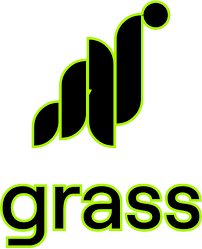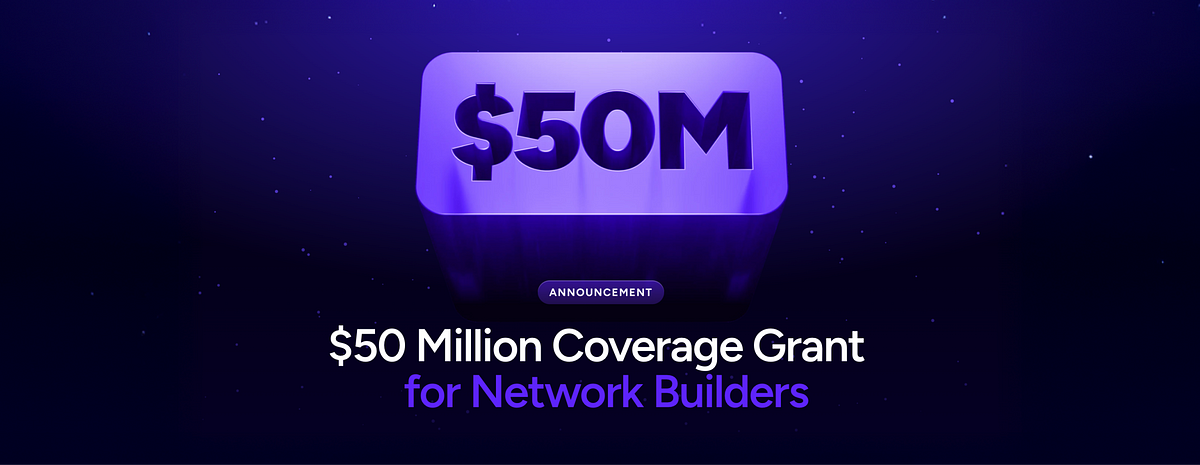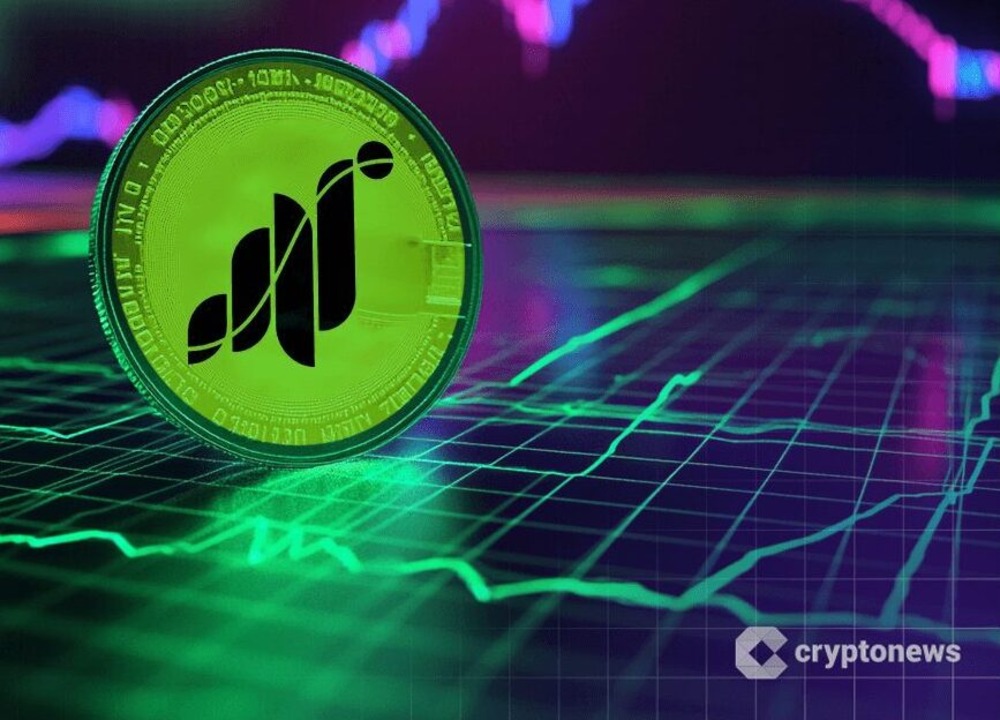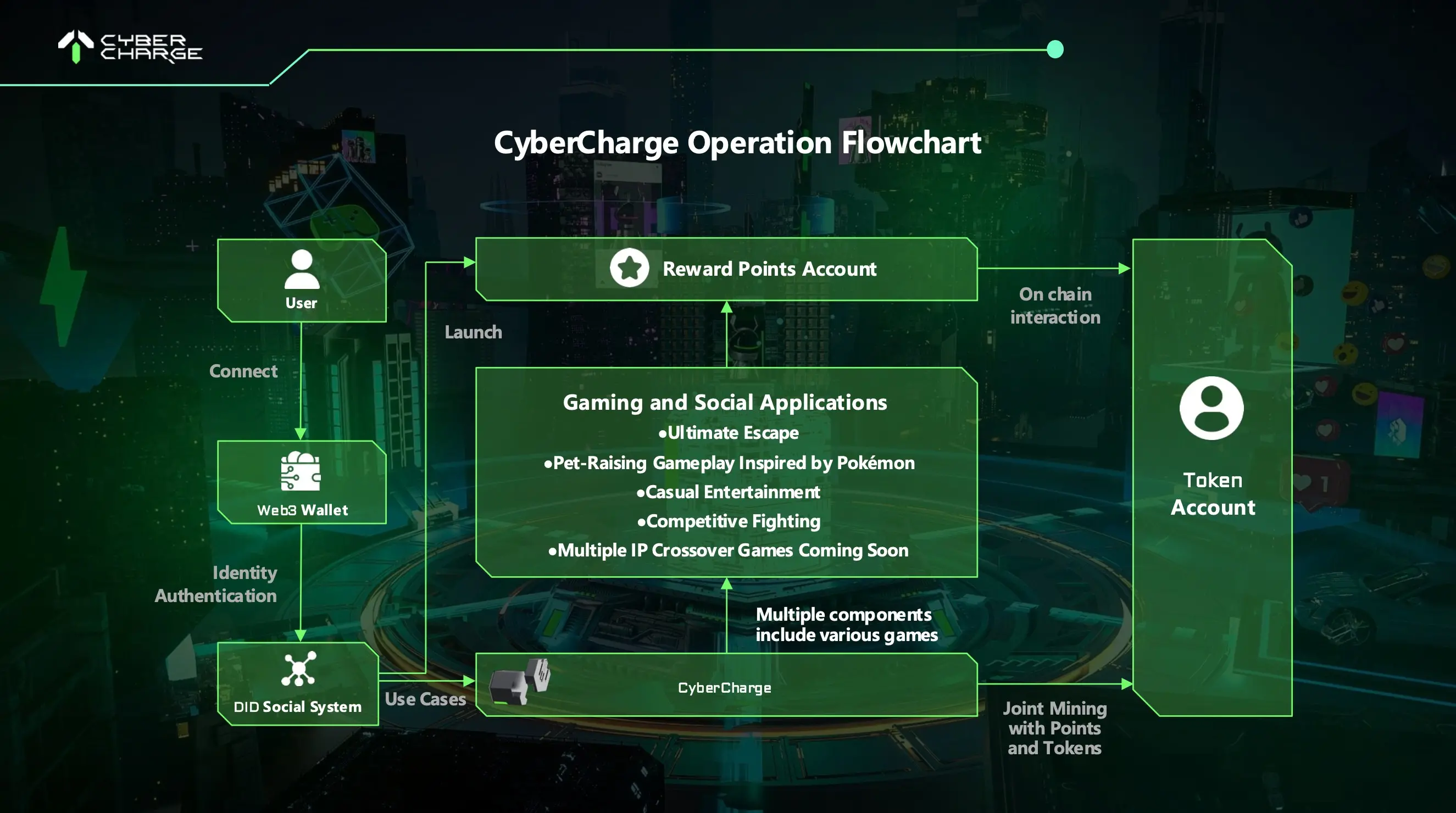IoTeX 2.0 Upgrade: Enhancing Decentralized Infrastructure for DePIN Projects
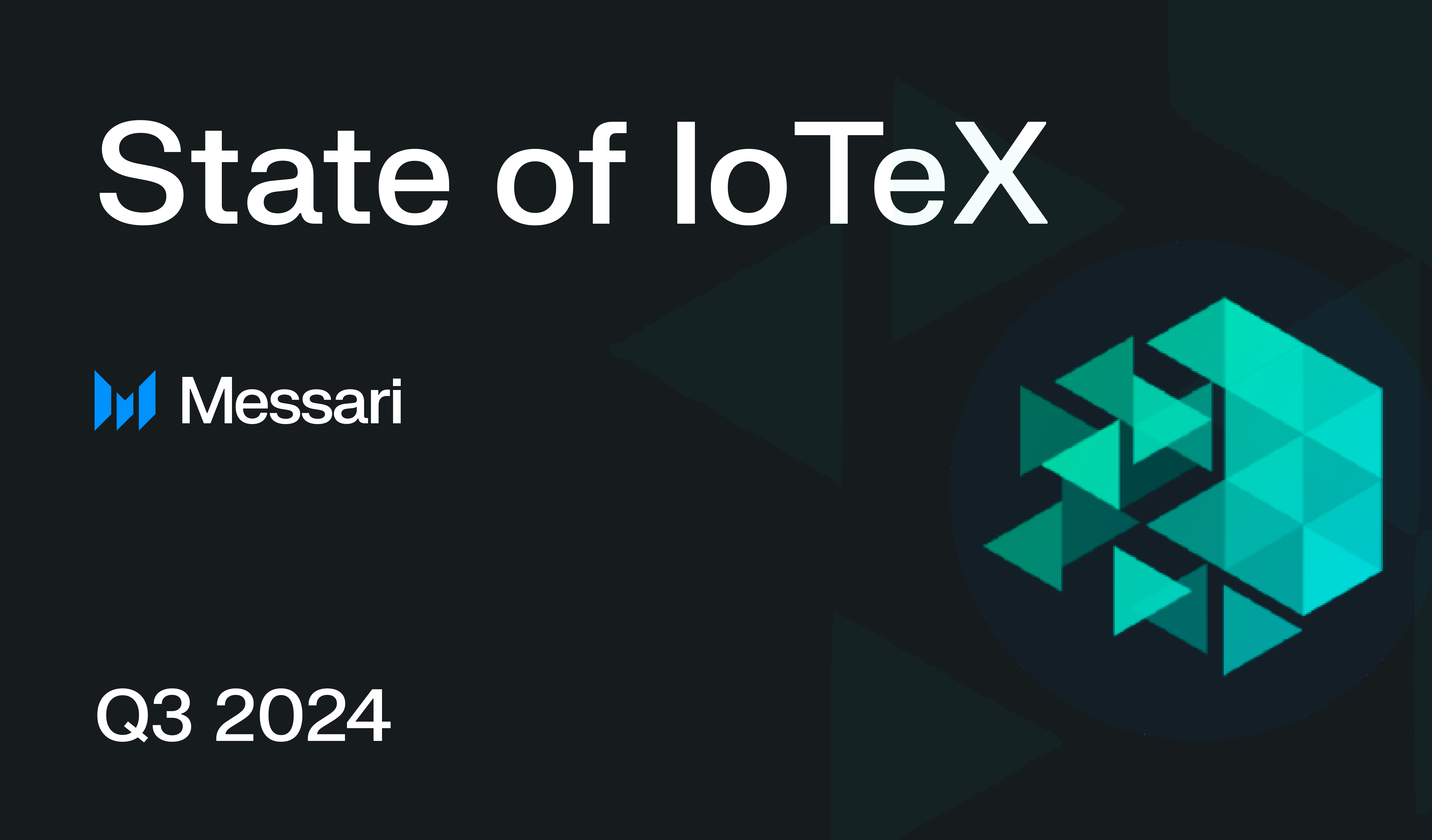
The IoTeX Network has made significant strides with the launch of its 2.0 upgrade in Q3’24, which aims to provide decentralized infrastructure, public goods, and governance tools for Decentralized Physical Infrastructure Networks (DePIN). This upgrade has led to a notable increase in network activity, with active wallets and transactions rising by 13% and 8% quarter-over-quarter (QoQ), respectively. The introduction of the ioID protocol has been pivotal, transforming hardware devices into on-chain entities with verifiable identities. As of Q3’24, the network is secured by 112 delegates who are actively staking $172 million, marking a 17% increase QoQ, and achieving an average staking participation rate of 41.3%.
The IoTeX 2.0 upgrade also features an enhanced tokenomic design that seeks to balance inflationary staking rewards with deflationary token burns, thereby driving the utility of the IOTX token. Throughout Q3’24, IoTeX has integrated with several prominent networks and protocols, including Solana and Polygon, which positions the IoTeX Network as a robust ecosystem for DePIN projects. The middleware solution, W3bstream, is set to launch on the mainnet in Q1’25, further enhancing the network’s capabilities by providing verifiability and scalability for DePINs.
In addition to the technical advancements, IoTeX has established the Marshall DAO to manage a pool of IOTX tokens dedicated to funding DePIN projects. This community-driven approach allows token holders to propose and vote on initiatives, fostering a collaborative environment for innovation. The DePIN ecosystem on IoTeX has expanded significantly, with over 230 dApps and more than 50 dedicated DePIN projects, solidifying IoTeX’s position as a leading player in the decentralized infrastructure space. The future looks promising as the network continues to evolve and attract diverse applications across various sectors, including DeFi and GameFi.
Related News
